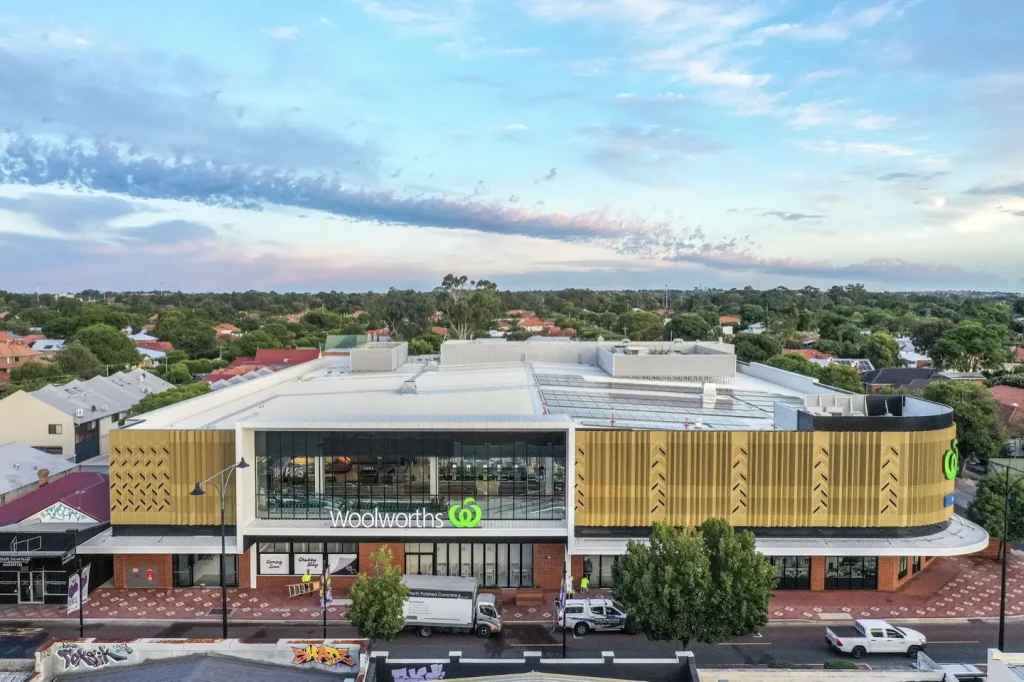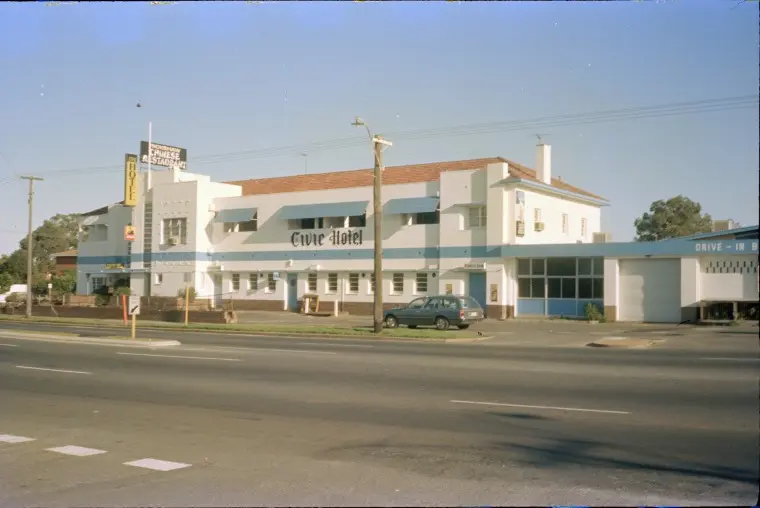
Inglewood’s rich architectural tapestry began weaving in two significant residential booms. The first, between 1904 and 1920, saw the rise of homes for the blue-collar community. Later, around World War Two, between 1935 and 1940, another wave of development washed over the suburb. Reflecting this rich history, many residences are pre-war vintage, with Federation or Californian bungalow styles especially prominent, and lot sizes vary from 730m^2 near Mount Lawley to a spacious 1400m^2 east of Beaufort Street.
With a commitment to preserving its legacy, Inglewood boasts of a high heritage value, evident in its many cultural and historical landmarks. Numerous pre-war homes have been meticulously renovated, restoring them to their former glory. Yet, the suburb seamlessly blends the old with the new, as seen in the 1960s apartment buildings and contemporary unit developments. The heart of Inglewood’s commercial activities thrives along Beaufort Street, offering residents a variety of retail services, a dedicated library, and a modern recreation centre, while pockets of smaller shops are peppered across the suburb to cater to daily necessities.
5,837
39
2,734
$1.3M
$820 per week
9 Days
Data obtained in 2025 from Real Estate Institute of Western Australia and Australian Bureau of Statistics
Initially considered a part of Maylands, Inglewood began to carve its unique identity through the developmental efforts of Gold Estates of Australia. The region now known as ‘The Avenues’ was the first to undergo subdivision, stretching from the railway line to North Street and further extending to Eleventh Avenue and Dundas Road. This pioneering subdivision was aptly named the Inglewood Estate, marking the suburb’s inception and laying the foundation for its future growth.

Ensure you’re priced right; schedule a property appraisal with our seasoned professionals who understand the local nuances and trends.